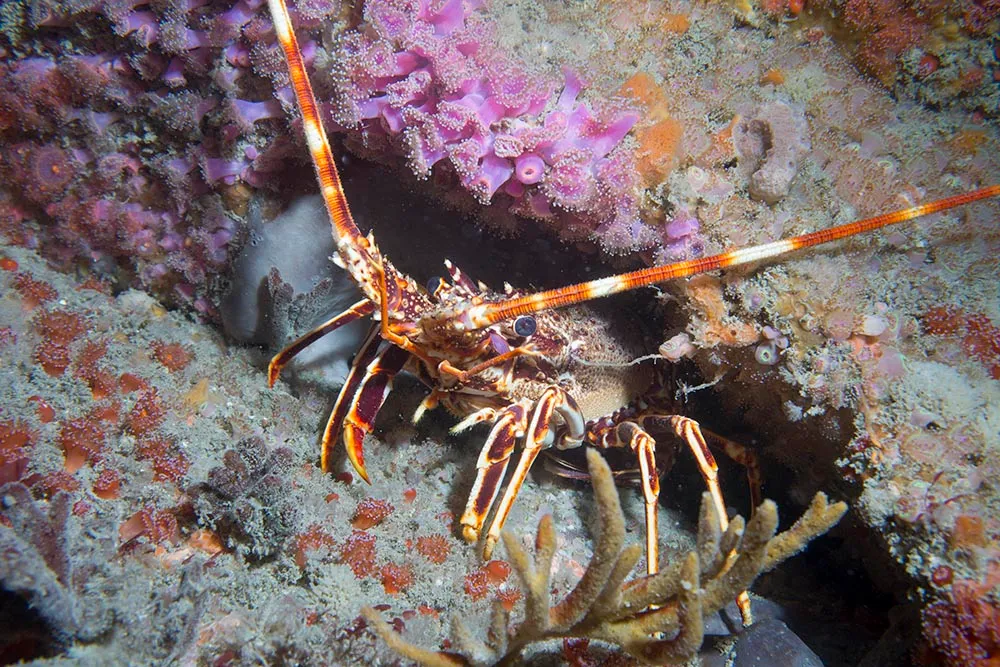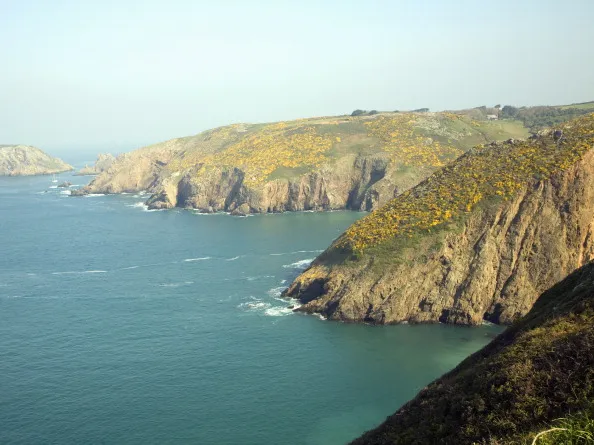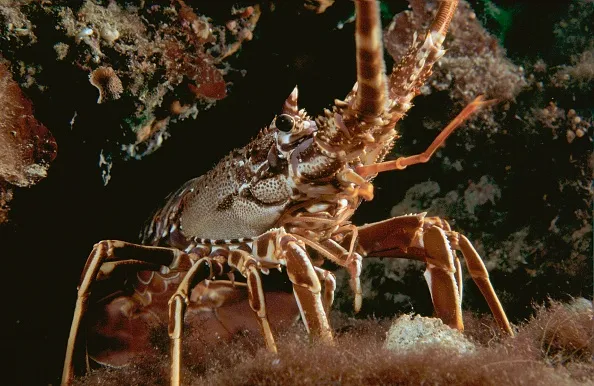The small island of Sark in the Channels Islands is thought to be the first place in the British Isles to fully protect crawfish, a survey reveals.
The study showed that, despite being fished to near extinction in local waters in the 1960s and 70s, the crustacean is making a return.

The island's Sea Fisheries authority consulted with local fishermen after considering the results of a survey carried out by underwater film-maker Sue Daly. The survey demonstrated that, although the highly commercially fished crawfish came close to extinction in the 1960s and 70s, they were now making a come-back.

"When I first began diving around the Channel Islands in 1988, I very rarely saw Crawfish," explained Sue.
"Looking at the issue of commercially fished species worldwide, we've just become too good at fishing and seem to move from depleting one species to another."
"Then in 2014, instead of finding myself lucky to spy the odd one or two adults per year, as had previously been the case, I began spotting juvenile crawfish on the reefs around Sark."
Since then, Sue has seen an increasing number of adult crawfish, although explained that without the necessary protection, she feared they would once again be fished out.

After discussions with local fishermen, Sark's Sea Fisheries Committee proposed to protect crawfish within the island's three-mile territorial limit. The proposal was supported by the island's government Chief Pleas, and an amendment to Sark's fishing law was enacted in Spring 2018.
"We're hoping that crawfish stocks will continue to increase and perhaps in time we'll be able to allow a limited amount of fishing for them," said Chairman of Agriculture, Environment, Sea Fisheries and Pilotage Helen Plummer.
Sue Daly added: "We're a small place so we can get some things done quickly although it would be fantastic to see the other Channel Islands and the rest of the UK protecting this species before it's too late. Unfortunately, conservation often lags behind extraction when it comes to marine life.
"As a diver I've sometimes noticed fluctuations in certain species from one year to the next. Some years there are more jellyfish and some years there are more sea hares but the return of the crawfish is the first consistent and significant change I've seen since diving here in the Channel Islands for some 30 years.
"It's wonderful to dive around Sark this summer and see the crawfish and know that they are safe. We have a really good track record with fisheries management already and I was thrilled with the island's willingness to proactively support these further conservation efforts."
Promisingly, the return of crawfish has also been reported around the other Channel Islands and the south-west coast of England. The sightings are being recorded by the Marine Conservation Society.